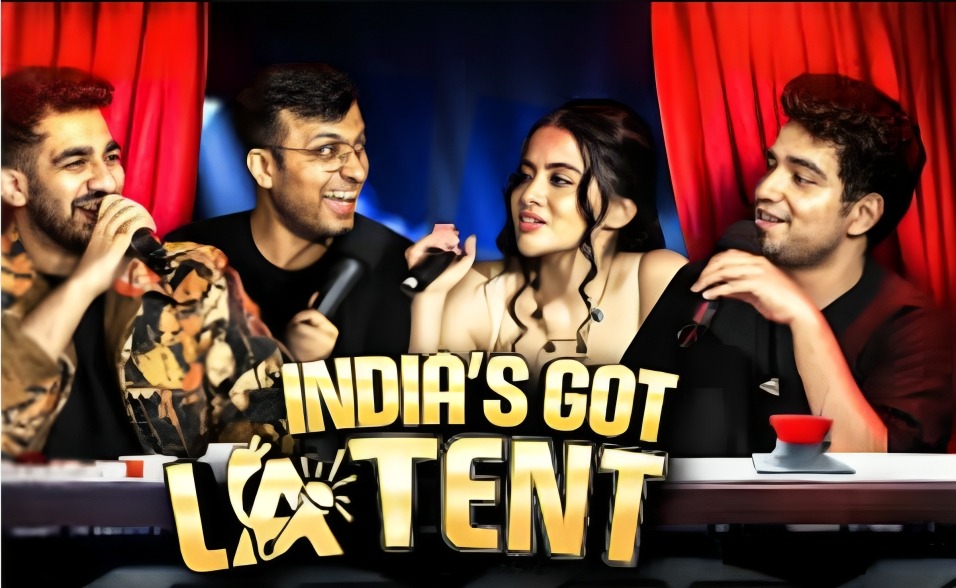In a country as vast and diverse as India, where languages, cultures, and traditions vary every few hundred kilometers, the stage of “India’s Got Talent” (IGT) serves as a unifying platform. This televised reality show has become a melting pot of talents, where individuals and groups from different corners of the nation come together to showcase their unique abilities. Since its inception, IGT has celebrated the spirit of creativity, providing a launchpad for artists, performers, and dreamers to step into the spotlight and capture the nation’s imagination.
The Concept Behind “India’s Got Talent”
“India’s Got Talent” is the Indian adaptation of the globally acclaimed “Got Talent” franchise, created by Simon Cowell. Premiering in 2009, the show follows the format of a talent competition open to all, irrespective of age, background, or skill. From singers and dancers to magicians, acrobats, comedians, and even animal acts, the stage welcomes anyone with a performance that can captivate the judges and the audience.
The beauty of IGT lies in its inclusivity. Contestants range from children to seniors, urban dwellers to rural artisans, and professionals to amateurs. This diversity ensures that the show not only entertains but also serves as a microcosm of India’s rich cultural tapestry.
Judges and Hosts: The Guiding Lights
Over the years, “India’s Got Talent” has featured an array of celebrity judges, each bringing their unique perspective and expertise to the panel. Bollywood stalwarts like Kirron Kher, Malaika Arora, and Karan Johar have been long-standing members of the judging team. Their feedback often combines encouragement, constructive criticism, and heartfelt appreciation, making them beloved figures among contestants and viewers alike.
Equally vital are the hosts, who infuse the show with energy and humor. Personalities like Bharti Singh, Maniesh Paul, and Siddharth Shukla have played pivotal roles in keeping the audience engaged. Their camaraderie with contestants and judges adds a layer of entertainment and emotional connection to the show.
A Platform for Untold Stories
One of the most endearing aspects of “India’s Got Talent” is its ability to spotlight stories that might otherwise remain untold. Contestants often share their journeys of struggle and perseverance, lending an emotional depth to their performances. Whether it’s a farmer’s son displaying extraordinary dance moves or a homemaker enthralling the audience with her soulful voice, these stories resonate deeply with viewers, reminding them of the power of dreams and determination.
Unforgettable Performances
Over the years, “India’s Got Talent” has given audiences numerous moments of awe and inspiration. Here are a few standout performances:
- The Prince Dance Group (Season 1): This group from Odisha, composed of daily wage laborers, mesmerized the nation with their synchronized dance performances rooted in Indian mythology. Their victory in the inaugural season set the benchmark for future contestants.
- Amar Dhandha’s Sand Art (Season 5): Amar’s ability to craft intricate stories through sand art brought a unique form of visual storytelling to the fore, showcasing how art can transcend traditional mediums.
- The Shillong Chamber Choir (Season 2): Blending Western classical music with Indian melodies, this choir not only won the competition but also became cultural ambassadors, performing internationally.
- BS Reddy’s Magic Acts (Season 4): A magician with a flair for dramatics, Reddy’s illusions left audiences questioning reality and brought magic to mainstream television.
These performances, along with countless others, underscore the limitless potential of human creativity.
Beyond Entertainment: Social Impact
“India’s Got Talent” is more than just a talent show; it’s a platform for social change. By showcasing contestants from marginalized communities or challenging societal stereotypes, the show promotes inclusivity and representation. For instance, acts performed by specially-abled individuals inspire conversations about accessibility and equality. Similarly, the participation of women from conservative backgrounds challenges gender norms and empowers others to break barriers.
Moreover, the show often collaborates with NGOs and social campaigns, amplifying messages of education, environmental conservation, and social justice. Through its wide reach, IGT has the power to influence minds and encourage positive change.
The Role of Technology and Social Media
In the digital age, “India’s Got Talent” has leveraged technology and social media to expand its reach. The show’s clips and highlights are widely shared on platforms like YouTube, Instagram, and Twitter, allowing fans to engage with their favorite acts beyond the television screen. This digital presence also enables international audiences to experience the talent emerging from India.
Additionally, voting systems have been streamlined through mobile apps and online platforms, making it easier for viewers to support their favorite contestants. This interactivity fosters a deeper connection between the show and its audience.
The Road Ahead
As “India’s Got Talent” continues to evolve, its mission remains the same: to discover and celebrate talent in all its forms. The show’s ability to adapt to changing times while staying true to its core values ensures its enduring appeal. With each season, IGT unearths new gems, proving that the spirit of creativity knows no bounds.
Future iterations may further integrate virtual auditions and global collaborations, bringing even more diversity and innovation to the stage. The show’s emphasis on inclusivity and storytelling ensures that it will remain a cherished platform for generations to come.

